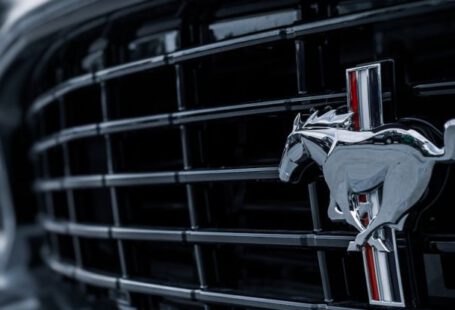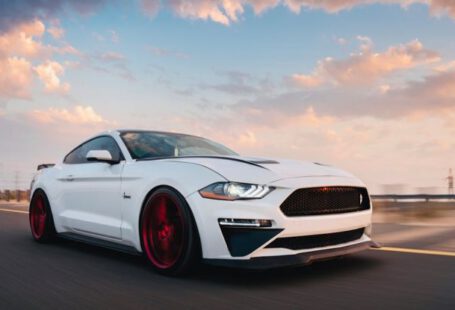When it comes to owning a Mustang, enthusiasts know that these iconic American muscle cars are not without their fair share of electrical issues. From classic models to modern iterations, Mustangs can experience a range of common electrical problems that can be frustrating for owners. Understanding these issues and knowing how to address them can help keep your Mustang running smoothly and reliably. In this article, we will explore some of the most common electrical problems in Mustangs and provide solutions to help you keep your pony car on the road.
**Dim Headlights**
One of the most common electrical issues that Mustang owners encounter is dim headlights. Dim headlights can be caused by a variety of factors, including a faulty headlight switch, a weak alternator, or corroded wiring connections. To address this issue, start by checking the headlight switch to ensure it is functioning properly. If the switch is not the problem, have your alternator tested to determine if it is providing enough power to the headlights. Additionally, inspect the wiring connections for any signs of corrosion and clean or replace them as needed.
**Faulty Gauges**
Another prevalent electrical problem in Mustangs is faulty gauges. Whether it’s the fuel gauge, temperature gauge, or speedometer, malfunctioning gauges can make it difficult to monitor your Mustang’s vital signs while driving. If you notice that your gauges are not working correctly, the issue may be due to a faulty instrument cluster or a loose connection. To fix this problem, start by checking the connections to the instrument cluster and ensuring they are secure. If the connections are fine, you may need to have the instrument cluster itself tested or replaced to resolve the issue.
**Intermittent Electrical Issues**
Intermittent electrical problems can be some of the most frustrating issues to diagnose and fix in a Mustang. These problems can manifest as random stalling, flickering lights, or sporadic power loss. The root cause of intermittent electrical issues can vary, but common culprits include loose wiring connections, a failing ignition switch, or a faulty alternator. To address these problems, thoroughly inspect the wiring connections throughout your Mustang, paying close attention to any areas of wear or corrosion. Additionally, have your ignition switch and alternator tested to determine if they are functioning properly and replace them if necessary.
**Dead Battery**
A dead battery is a common electrical problem that can affect Mustangs of all ages. Whether it’s due to leaving the lights on overnight or an aging battery, finding your Mustang with a dead battery can put a damper on your driving plans. To prevent this issue, make sure to regularly check the condition of your battery and replace it if it is old or showing signs of wear. Additionally, be mindful of leaving accessories running while the engine is off, as this can drain the battery quickly. If you find yourself with a dead battery, jump-start your Mustang or replace the battery to get back on the road.
**Conclusion: Keeping Your Mustang Running Smoothly**
Owning a Mustang comes with its fair share of electrical challenges, but with the right knowledge and proactive maintenance, you can keep your pony car running smoothly. By addressing common electrical problems such as dim headlights, faulty gauges, intermittent issues, and dead batteries, you can ensure that your Mustang remains a reliable and enjoyable ride. Regularly inspecting your Mustang’s electrical components, addressing issues promptly, and staying on top of maintenance can help you avoid costly repairs and keep your Mustang in top condition for years to come. With a little TLC and attention to detail, you can enjoy the thrill of driving your Mustang without being sidelined by electrical gremlins.





